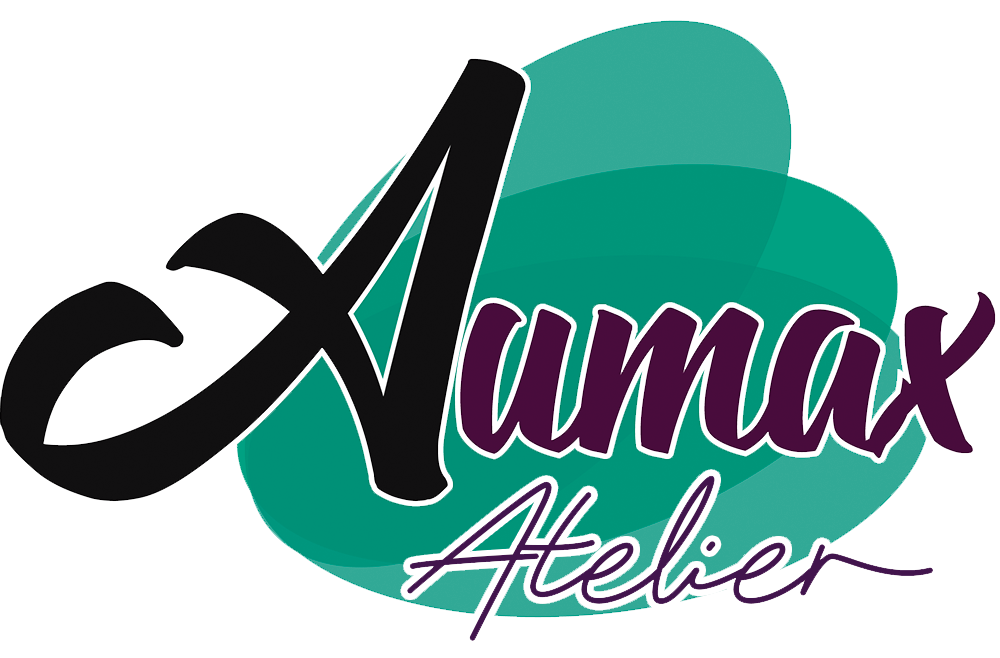That Hen: Just how One to Short Financing Made a big change
Pal Evaluations

Driven by the genuine occurrences, One to Hen informs the storyline out of Kojo, a son away from Ghana who transforms a little loan towards the a thriving ranch and you may a living for some.
Shortly after their father died, Kojo had to end college to assist their mom assemble firewood to sell in the business. Whenever their mom gets financing of some town parents, she provides a little money to help you the woman guy. Using this type of lightweight loan, Kojo b Inspired from the correct situations, One Hen tells the story out of Kojo, a guy out-of Ghana exactly who turns a small mortgage for the a beneficial enduring farm and an income for some.
After his dad passed away, Kojo was required to quit school to greatly help their mother collect firewood to market in the field. Whenever his mommy get that loan out-of particular community parents, she gets a small money so you can the girl son. With this particular lightweight financing, Kojo purchases a beneficial hen.
The following year, Kojo has built upwards a group from twenty-five hens. Together with income Kojo can go back to university. In the future Kojo’s ranch expands to be the greatest in the region.
Kojo’s story comes from living regarding Kwabena Darko, whom since the a kid come a small chicken ranch just like Kojo’s, which afterwards grew to be the largest inside the Ghana, and something of your own prominent within the western Africa. Kwabena as well as been a confidence that delivers out small finance to those who do not get that loan regarding a financial.
You to definitely Hen suggests what takes place whenever a small help tends to make an excellent big difference. The final pages of just one Hen give an explanation for microloan system and you can were a summary of related organizations for the children to understand more about.
One Hen belongs to CitizenKid: A couple of courses one improve people concerning the world and you may inspire these to be better worldwide residents. . even more
Society Evaluations
American author Katie Smith Milway and Canadian illustrator Eugenie Fernandes, who have also collaborated on Cappuccina Goes to Town and Mimi’s Community: And just how Earliest Medical care Transformed It , turn in this picture-book to the subject of microfinance. The story follows Kojo, a young Ashanti boy in Ghana who cannot afford to go to school, after the recent death of his father. When he and his mother are given a micro-loan by the village coop, and there is a little bit left after his mothe American author Katie Smith Milway and Canadian illustrator Eugenie Fernandes, who have also collaborated on Cappuccina Visits City and Mimi’s Community: As well as how Earliest Healthcare Switched They , turn in this picture-book to the subject of microfinance. The story follows Kojo, a young Ashanti boy in Ghana who cannot afford to go to school, after the recent death of his father. When he and his mother are given a micro-loan by the village coop, and there is a little bit left after his mother buys a cart for the firewood she sells, Kojo buys one hen. From this small beginning payday loans Pollard online, great things come, as Kojo slowly builds up his flock, sells his surplus eggs, and gains enough money to return to school. From there he studies hard, eventually winning a scholarship, and going on to study agriculture. Eventually, he starts a farm and business of his own, going on to great success, and having a beneficial effect on other impoverished people, and on his country.
I’ve read a few books now about Heifer International – Jan West Schrock’s Offer good Goat and Page McBrier’s Beatrice’s Goat – an organization which seeks to address international poverty by distributing agricultural animals and training, but this is the first picture-book I have read about the microloan movement. Apparently, the story in You to definitely Hen: Exactly how You to definitely Short Financing Made a big difference is based upon the experiences of real-life Ghanaian Kwabena Darko, whose story is given in the after matter, along with more information about microfinance organizations, and a glossary. I found the narrative here engaging, and thought that the way in which Milway used the traditional nursery rhyme, This is the House That Jack Built, as a storytelling template, was quite interesting. Great results certainly do come, sometimes, from small beginnings! The accompanying artwork here from Fernandes, done in acrylic paint, is bright and boldly colorful, grabbing and retaining the reader’s attention. All in all, this was an informative and engaging tale, one I would recommend to picture-book readers looking for stories about poverty, and about the microfinance movement that is attempting to address that poverty, one microloan at a time. . more

